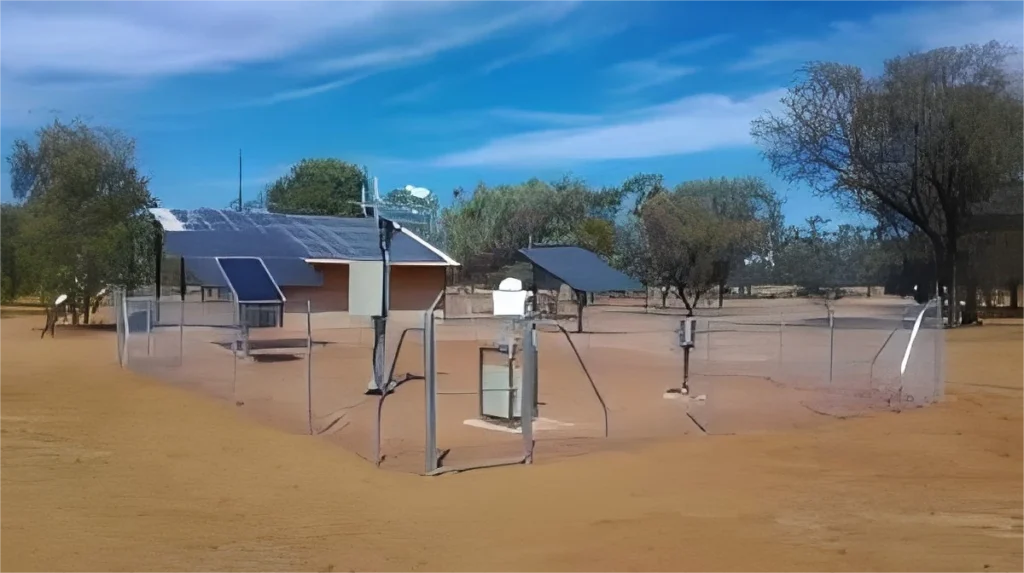
# Disadvantages of Automatic Weather Stations
Automatic Weather Stations (AWS) have revolutionized meteorological data collection by providing real-time, accurate, and continuous weather information. However, despite their numerous advantages, AWS also come with several disadvantages that can impact their effectiveness and reliability. This article explores some of the key drawbacks of automatic weather stations.
## High Initial and Maintenance Costs
One of the primary disadvantages of AWS is the high initial cost of installation. These stations require sophisticated sensors, data loggers, and communication systems, which can be expensive to purchase and set up. Additionally, regular maintenance is necessary to ensure the accuracy and longevity of the equipment, further adding to the overall cost.
## Dependence on Power Supply
Automatic weather stations rely heavily on a continuous power supply to function effectively. In remote or off-grid locations, this can be a significant challenge. While some AWS are equipped with solar panels or batteries, these solutions may not always be reliable, especially during prolonged periods of poor weather conditions.
## Vulnerability to Environmental Damage
AWS are often exposed to harsh environmental conditions, such as extreme temperatures, heavy rainfall, strong winds, and even vandalism. These factors can damage the sensors and other components, leading to inaccurate data or complete system failure. Regular inspections and repairs are necessary to mitigate these risks.
## Limited Human Oversight
Unlike traditional weather stations that are often monitored by human observers, AWS operate with minimal human intervention. While this reduces labor costs, it also means that errors or malfunctions may go unnoticed for extended periods. For example, a sensor malfunction could lead to incorrect data being recorded and transmitted without immediate detection.
## Data Transmission Issues
Automatic weather stations rely on communication networks to transmit data to central databases. In areas with poor or unreliable connectivity, data transmission can be interrupted, leading to gaps in the weather records. This is particularly problematic in remote or rural locations where communication infrastructure may be lacking.
## Calibration and Accuracy Challenges
Over time, the sensors in AWS can drift from their calibrated settings, leading to inaccurate measurements. Regular calibration is required to maintain data accuracy, but this can be time-consuming and costly. Additionally, some sensors may not perform well under certain conditions, such as during heavy snowfall or fog, further compromising data reliability.
## Conclusion
While automatic weather stations offer numerous benefits, including real-time data collection and reduced human labor, they are not without their drawbacks. High costs, dependence on power, vulnerability to environmental damage, limited human oversight, data transmission issues, and calibration challenges are all significant disadvantages that need to be considered. Addressing these issues through improved technology, better maintenance practices, and robust backup systems can help enhance the reliability and effectiveness of AWS in the future.